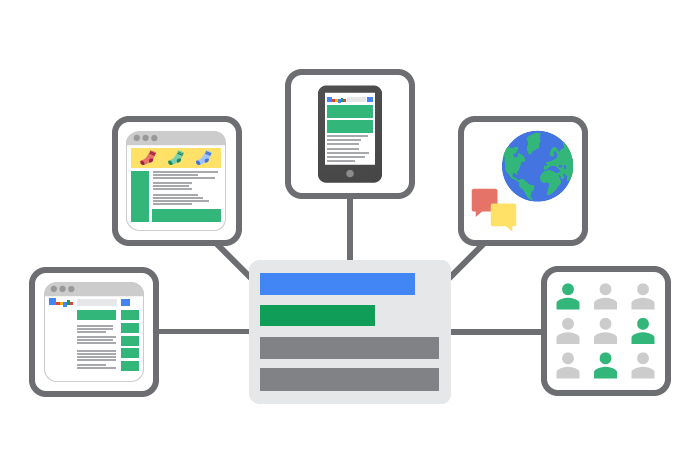SEO and social media are great ways to get visitors, but they’re not the only ones out there, even though, after reading the blogs written for webmasters, one might think otherwise. Actually, thinking a bit out of the box today is a great advantage, because most webmasters are competing for their place in the search engines results pages or on Twitter timeline of their followers, forgetting that there is audience elsewhere as well. We’re here to help you dig into other sources of traffic, equally effective as the two mentioned.
1. StumbleUpon and other social bookmarking websites
StumbleUpon has 25 million active users, and these are the people who like to read useful things on the Internet; hit their vein and you will see enormous amounts of traffic to your website. It goes for the other bookmarking websites as well: active readers in search for good content form communities and recommend the content to each other, spreading your posts and links by themselves – if you hit their vein.
Many bloggers don’t like StumbleUpon; in most cases it sends them visitors who don’t stick around, but that’s their own fault: each community has its own preferences for the kind and the format of the content they like, and if an author hasn’t researched the community, and has served the people there the content which doesn’t resonate with them – it’s only normal that they won’t be interested in looking further. So do your homework, explore what kind of content goes well on the bookmarking website of your choice, and go for it!
2. Forums
Forum marketing is pretty notorious nowadays thanks to the massive abuses in the past, mainly for link building that consisted of spamming forums with links that didn’t belong there. But there’s another side to it:
Think of your favorite forum. You “know” the members, you have developed some level of communication with them, and you trust them to some degree (or you wouldn’t be there). Now, imagine that one of them lets you know that s/he has just written an article about the topic that interests you, and the rest of the members – don’t you think that you’d click on that link, read the post and even comment on it? Yes, you probably would.
That’s what your role should be – the member trusted by other members. Find a few forums and start participating in the discussions, get to know people there and don’t be afraid to show them your content. It’s another great way of building the community around your blog.
3. Google Alerts
This free service allows you to do many things, among others to use the traffic from another blog and to bring it back to yours.
The whole hype about “relevance” is actually about giving people interested in one topic – more material on the same topic. And that’s what you can do: let’s say that your blog is about purses; you just wrote a post about a few Fendis. The posts on other blogs relevant to yours are, obviously, other posts about the Fendi purses – so you set up Google Alerts to let you know when such a post has been published.
Then read the post, and comment on it – linking not to your home page, but to your post. And, since Google Alerts will be sending you notifications whenever a new post on that topic comes up, you’ll be able to repeat the process as long as you want.
4. Links to other blogs
Yes, you’ve read that correctly – link out, not ask them to link back to you. Thanks to Google Alerts and trackbacks and other tracking tools, a blogger will know that you have linked to his or her blog, and will probably tweet about it, or share it some other way. And that’s how you’re building relationships.
Hope this gave you some ideas, and also feel free to share yours in the comments! This article was written by Andrew on behalf of his website.
Tired Of SEO And Social Media Talk? Here Are 4 Other Ways To Get Loads Of Traffic!




